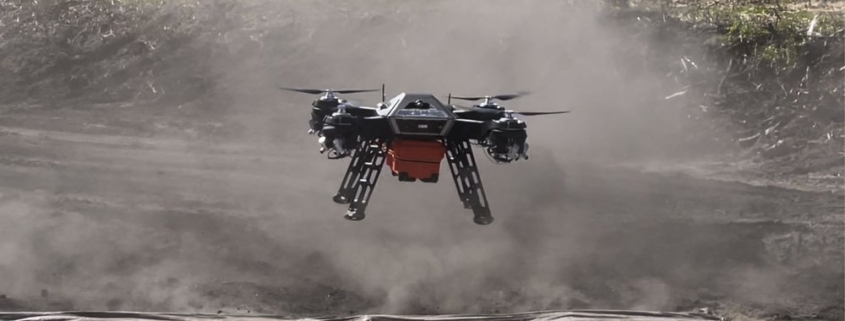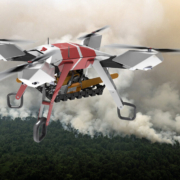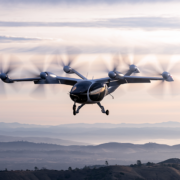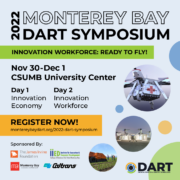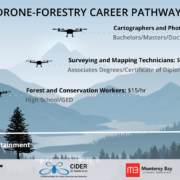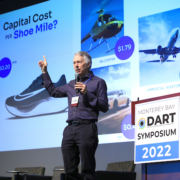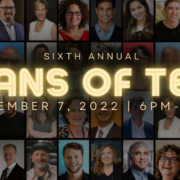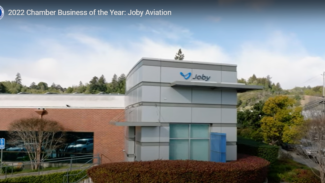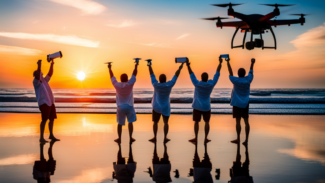Island Conservation and Parallel Flight Technologies Partner
Island Conservation, a leading global nonprofit organization that restores and protects island-ocean ecosystems by removing destructive invasive species, has announced a strategic partnership with Parallel Flight Technologies, a California-based company specializing in heavy-lift drone and hybrid propulsion technology.
This partnership is expected to advance Island Conservation’s critical island restoration initiatives to new heights.
Islands are biodiversity hotspots that are home to an incredible range of birds and terrestrial animals, as well as abundant marine life in the surrounding ocean. However, they are also vulnerable to destructive invasive species, such as rodents that destroy natural habitat. Roughly 75 percent of reptile, bird, amphibian, and mammal extinctions combined have occurred on islands with invasive species as a primary cause. Removing this threat is crucial to ensuring ecological balance and diversity.
“Frequently, conducting invasive species eradications in order to protect these ecosystems involves huge logistical and resource challenges,” says David Will, Head of Innovation at Island Conservation. “Because of this, we have pioneered the use of drones in invasive rodent eradications to overcome the cost and skill barriers to conventional ground and helicopter-based approaches. However, we’ve reached the limits of what current all-electric drone technology can achieve.”
The solution lies in hybrid unmanned aircraft systems (UAS) with large payload capacities and long-range capabilities that can meet the demands of conservation interventions in remote locations. Parallel Flight Technologies offers a groundbreaking aircraft with hybrid propulsion technology that gives it a combination of lift, endurance and portability which are ideal to advance Island Conservation’s field efforts.
“We see this technology as a game-changer, and we believe that it will allow us to achieve our goal to restore globally important islands more efficiently, effectively and sustainably,” says Will.
The aircraft can carry and spread a total payload capacity of approximately 100 pounds (45 kilograms) for over 1.6 hours of flight time and can autonomously fly pre-programmed flight paths while accurately delivering bait at prescribed application rates. The hybrid propulsion technology is highly efficient and relies on locally sourced fuels, eliminating the need for costly, wasteful batteries. It also dramatically reduces the carbon footprint and power requirements of continuous aerial operations in remote locations.
“Our work with Parallel Flight Technologies is timely, inspiring and necessary,” says Penny Becker, Vice President of Conservation at Island Conservation. “The continued development and adaptation of Parallel Flight Technologies’ autonomous heavy-lift drone technology will enable a significant increase in safety parameters and exponentially increase efficiency over traditional methods. With this drone technology, we will be able to restore islands on a much larger scale and in remote places that were once prohibitive, protecting more island wildlife, oceans and communities.”
Islands are biodiversity hotspots. Restoring islands is repeatedly proven to be one of the best interventions for protecting biodiversity and creating resilient, thriving ecosystems. Photo: Island Conservation.
Read More: https://www.santacruzworks.org/news/island-conservation-and-parallel-flight-technologies-partner-to-revolutionize-the-restoration-of-islands-worldwide

